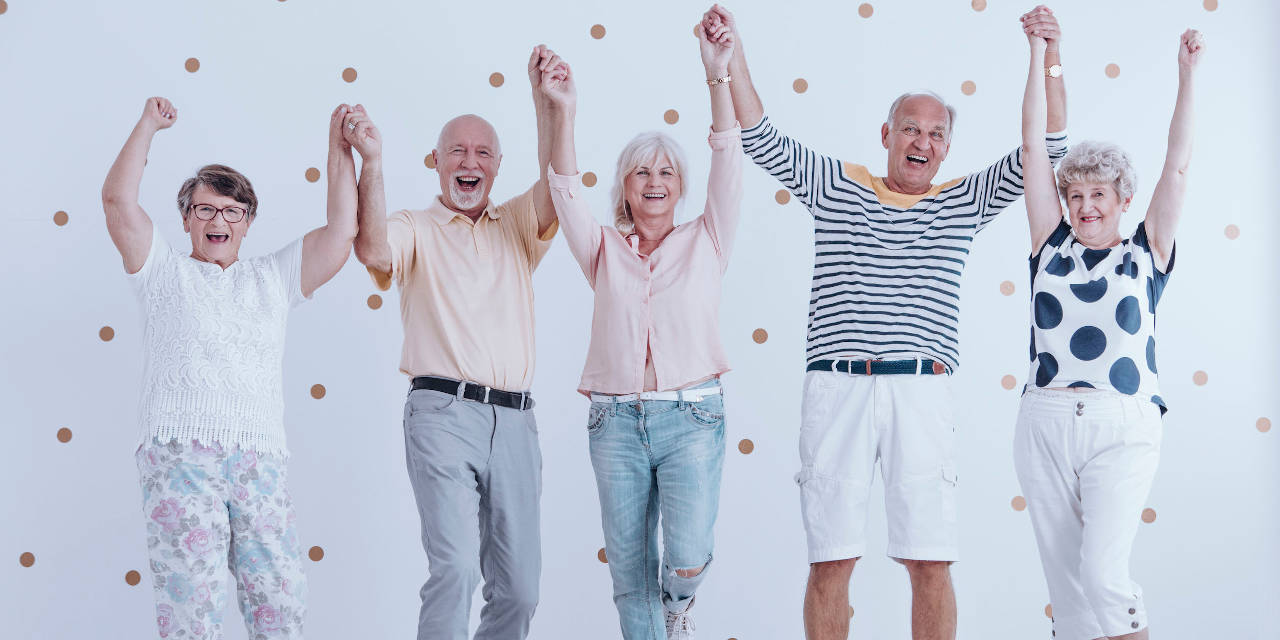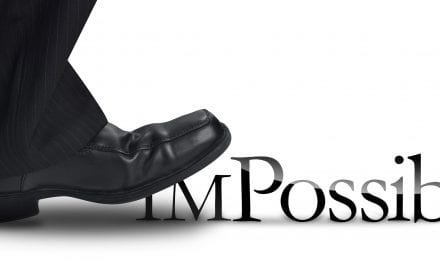By Pam McDonald
David Schless, President of the American Seniors Housing Association (ASHA) describes their new, nationwide awareness campaign to bring the “the rest of the story” to the public about the value of senior living and counterbalance the recent onslaught of negative media coverage. David says, “I think a lot of Americans understand that senior living has really done a tremendous job keeping people safe.” To learn more about the campaign, listen to the podcast episode here. Below are some lightly edited takeaways from that interview.
I have been the president of the American Seniors Housing Association since it started in 1991. Most of our members are senior executives from companies that develop, own, and operate the full spectrum of senior housing – from active adult to independent living to assisted living, memory care, and continuing care retirement communities.
A Boutique Trade Association
I like to describe ASHA as a boutique trade association, focused in three core functions. The first is to provide voice for the industry on legislative and regulatory matters, primarily at the federal level. We put a lot of energy into tax issues; tax as it relates to the real estate and tax also as it relates to our consumers. So, advocacy is a big focus of ASHA.
Research is a second big focus, typically into areas that are consumer-oriented and may help our members better serve older adults. We spend probably as much time looking at folks who have not moved into one of our buildings. That’s always top of mind for us, so that consumer research is really important.
We have meetings as most groups do, but we try to make sure they’re not too big. Probably about five years ago, we started to see the need to help educate consumers — to provide public service information that would help seniors and their family members be in a position to make better decisions; frankly, to be empowered as consumers.
Educating Consumers About Senior Living
To assist in that, we selected an agency based in Kansas City called Glynn Devins to work with on the creation of a very robust consumer website that became “Where You Live Matters” dot.org, O-R-G. Each year we’ve steadily grown the traffic. We’ve been very pleased with how it’s performed for us.
So, when this pandemic began hitting the country, we also started to see some negative press. It’s been really very negative. A lot of it, of course, is focused on skilled nursing homes. Part of what’s happened, I think, is that most states have placed their COVID-related data from long-term care settings all in one bucket. So, nursing homes and any other type of setting with older adults is lumped into that bucket. That’s how states have been reporting, although now there are some states that are starting to break the data out.
Developing A Digital Campaign
But, obviously, the press likes to find a villain, and unfortunately, I think very incorrectly, long-term care settings have really gotten some very bad press. Our industry was definitely very aware of it. And we at ASHA actually responded to many of these articles with letters to the editor, et cetera.
Historically, what we would do is send a film crew and photographers into member buildings. But these buildings are shut down to outside visitors, so we couldn’t do that. Instead, we re-teamed with Glynn Devins to put together a digitally based public information initiative to help educate and empower consumers.
I believe our industry has done a very nice job with their own communication. So, the first thing we did was turn to our members across the U. S. and in Canada too, to amplify things they were communicating. We reached out to our membership and they have been really incredibly responsive, giving us access to photographs, video, letters from families, and other materials they had done.
A Glimpse Inside
We also auditioned different voiceover talent, wrote a script, and created a video titled “Senior Living Today and Every Day” that we placed on our refreshed Where You Live Matters website. And we developed a variety of different banner ads with a click-through to the video. Then we began thinking about where we wanted to focus this paid social and media campaign.
We decided the initial thrust would focus on Facebook, Instagram, and other social media as well as the media sites of some very influential publications in America –– the New York Times, Wall Street Journal, Washington Post, Los Angeles Times, Atlanta Journal Constitution, Boston Globe, and AARP. We’ve been very focused on AARP’s website. This whole process started in April and on May 11th we launched the campaign.
“Our Industry Has Taken Care of 2 Million Seniors”
I think overall, people haven’t gotten the full story. If all they’ve done is glanced at some of the media coverage, they don’t actually know the full story. That’s one overarching theme of the campaign. Then – in addition to obviously celebrating the heroes that showed up every day to work – we’re also making the point that at the end of the day, our industry has taken care of 2 million seniors, keeping them safe. We are part of the solution. We’re not the problem. We’re part of the solution to keeping a very vulnerable population safe from a virus that frequently is transmitted asymptomatically.
We’re about two full weeks in and the numbers have been very, very strong. We’ve gotten over 5.6 million impressions. We’ve had over 120,000 full video views, and over a hundred thousand engagements. Really terrific numbers for the campaign. And we know we can’t just do this for a week. This will be ongoing and sustained and we will be broadening the reach of the campaign into additional markets.
Despite the negativity of a lot of the media stories, I think most Americans understand that people did the best that they could under the circumstances. And in many instances without having access to all of the PPE that we desperately needed. We’ve prioritized access to testing kits. We all know much more about the virus today in late May than we did back in March.
Safer in Senior Communities
I believe that while certainly there is work for us all to do in terms of assuring the public that these communities are . . . I would actually argue safer than folks just being out on their own, running to the grocery store and CVS. My parents are among those people. I worry about them every day. So, I think people, really do realize that. A lot of the comments have been along those lines, which is obviously very, very heartening to see.
Right now, senior living has served probably around 10% of the population. I am one of those people who believes that with more education about the benefits of senior living, more people would benefit from moving into these settings. When senior living is done well and done right, it’s a wonderful place to live with a myriad of benefits. So, I think education is definitely a big, big part of that. It really is an underlying theme behind “Where You Live Matters”, which is to see what we actually are instead of what they might envision senior living to be.
So Many Benefits
There were a whole bunch of people that would benefit from moving in earlier. Many residents say, “I wish I had done this sooner.” It actually always breaks my heart whenever I hear somebody say that and I’ve heard it literally on hundreds of occasions. If people can see what we actually do, they’d see that it would be beneficial to be in a community, to be socially stimulated, spiritually stimulated. We’re not really capturing everyone who we should be capturing into these settings.
Our video — “Senior Living Today and Every Day” — is out there. It can be shared, it can be put on websites, it can be part of social media campaigns, as can all of the assets of the campaign, including the ads. We would absolutely love for folks to use the video, share the video, and the ads that we’ve created. They are more than welcome to use them at no cost whatsoever.
We Need to Tell Our Story
The more positive messages that are out there, the better. I’ve always been a big believer that positive media comes from all of us. Those positive stories that you’re pitching at the local level to your newspapers, you can’t underestimate the importance of that. There are so many wonderful things happening in these communities each and every day. We need to tell our story. It really is incumbent upon all of us.
We’re entering that phase of trying to safely reopen our communities. When the COVID crisis is over, there will be lessons for all of us. And one of them is the importance of opening your communities up to the local media and your politicians; your state legislators and your elected officials in Congress. Ask if they have been into a well-run senior living community. Do you know how wonderful it is? How engaged the residents are, all the benefits? What the differences are between assisted living, nursing homes, independent living? People don’t know. We all collectively as an industry need to do that more frequently.








